Fatty liver
Liver disease is serious and requires treatment and regular monitoring by a liver specialist.
A liver specialist is known as a hepatologist and you need to be referred by your family doctor or general practitioner. Over nearly 40 years of practicing medicine I have seen many patients develop severe liver disease, which sadly could have been prevented by early detection and early referral to a hepatologist. There needs to be more awareness of liver disease so that patients can be treated early so that we can prevent cirrhosis, liver failure and liver cancer. Make sure you have your liver function checked annually with a blood test.
I have presented my ideas on how to help those with liver diseases using nutritional medicine, which I have been using for many years with good success rates. However my recommendations do not replace the care of your own doctor and you should remain under the care of your own doctor whilst using nutritional therapies.
Fatty liver occurs when excess fat accumulates inside liver cells. This means normal, healthy liver tissue becomes partly replaced with fatty tissue. The fat starts to invade the liver, gradually infiltrating the healthy liver areas, so that less and less healthy liver tissue remains. The fatty liver has a yellow greasy appearance and is often enlarged and swollen with fat. This fatty infiltration slows down the metabolism of body fat stores, which means that the liver burns fat less efficiently, resulting in weight gain and inability to lose weight. However some people can have a fatty liver without being overweight.
Fatty liver was first described in 1980 by the Mayo Clinic. It is known in medicine as Non-Alcoholic Fatty Liver Disease (NAFLD) and is the most common cause of abnormal liver function tests in Australia. NAFLD is the most common cause of liver disease in industrialised countries. There is a type of NAFLD called Non-Alcoholic Steato-Hepatitis (NASH) where severe liver damage is caused by the fat, and results in cirrhosis and liver failure. Indeed such severe cases of NASH can lead to liver cancer. Around one in five persons in the general population, in Australia has a fatty liver. Fatty liver is usually associated with abdominal obesity and insulin resistance and is more common in people with type 2 diabetes.

What causes fatty liver?
It is most commonly caused by incorrect diet, weight excess, obesity, alcoholism and diabetes. However other causes can be malnutrition, congenital metabolic disorders and excessive use of or toxicity of prescribed medications and pain killers.
What is the outlook for fatty liver?
If the fatty changes in the liver increase, inflammation and fibrous tissue may build up and cause more serious symptoms to occur. If nothing is done to improve liver function, the patient will become more overweight and the quality of life will gradually diminish.
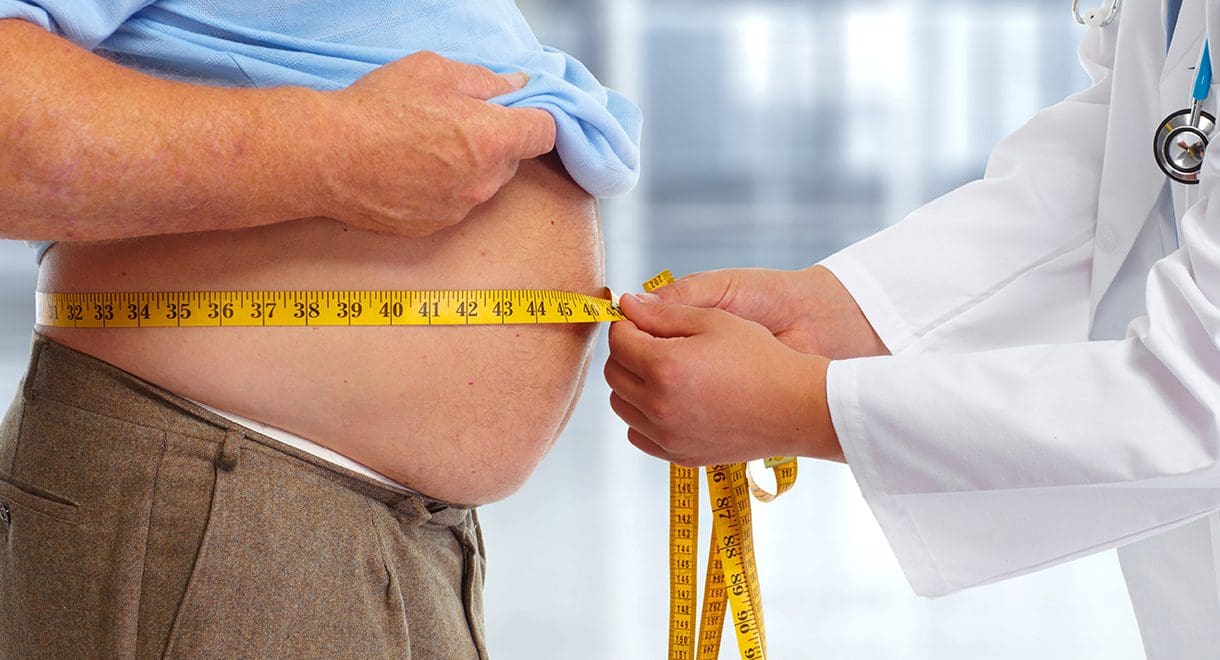
How would you know if you have a fatty liver?
Many people with a fatty liver are unaware that they even have a liver problem, as the symptoms can be vague and non-specific, especially in the early stages. Most people with a fatty liver feel generally unwell, and find they are becoming increasingly fatigued and overweight for no apparent reason. They may have elevated liver enzymes on a blood test for liver function. Fatty liver is diagnosed with a blood test and liver ultrasound scan.
Possible symptoms of fatty liver (NASH or NAFLD) include:
- Weight excess in the abdominal area
- Inability to lose weight
- Elevated cholesterol and/or triglyceride levels
- Fatigue
- Nausea and/or indigestion
- Overheating of the body
- Excessive sweating
- Red itchy eyes
- Discomfort over the liver area
Can fatty liver be reversed?
Fatty liver is reversible. Here are 5 ways to achieve this:
- Eat less carbohydrate. Poor diet is the leading cause of fatty liver disease. The biggest offenders are sugar and foods made of white flour; they should be avoided. However, a high intake of carbohydrate rich foods in general can promote fatty liver, as the liver converts any excess carbohydrate into fat. Foods that need to be restricted include bread, pasta, rice, breakfast cereals, cakes, pastry, donuts, biscuits, fries, chips, pretzels (and other similar snack foods) and any food made of flour.
- Drink less alcohol. Excess alcohol consumption is the second biggest cause of fatty liver. Alcohol can cause inflammation and damage to liver cells, resulting in fatty infiltration. People with a fatty liver should limit alcohol consumption to seven standard drinks per week, with at least two alcohol free days per week.
- Eat more vegetables, protein and the right fats. Raw vegetables and fruits are the most powerful liver healing foods. These raw foods help to cleanse and repair the liver filter, so that it can trap and remove more fat and toxins from the bloodstream. Eat an abundance of vegetables (cooked and raw salads) and fresh fruits.
Protein is important because it helps to keep the blood sugar level stable, helps with weight loss from the abdomen and reduces hunger and cravings. Protein should be consumed with each meal. Good sources of protein include eggs, poultry, seafood, meat, nuts, seeds, legumes and plain or Greek yoghurt and cheeses.
Healthy fats to include more of in your diet are found in olive oil, oily fish, coconut oil, flaxseeds, hemp seeds, chia seeds and raw nuts and seeds. Most processed vegetable oils and margarines can worsen a fatty liver. Deep fried foods are also bad for those with a fatty liver. - Drink raw vegetable juices. These should be consumed 2 to 3 times a week and 250 to 300 mls is adequate. Your juice should be comprised of 90 to 95 percent vegetables, with the remainder comprised of fruit if desired to improve the flavor. Citrus fruits are the most healthy for the liver.
- Take a good liver tonic to support your liver function.


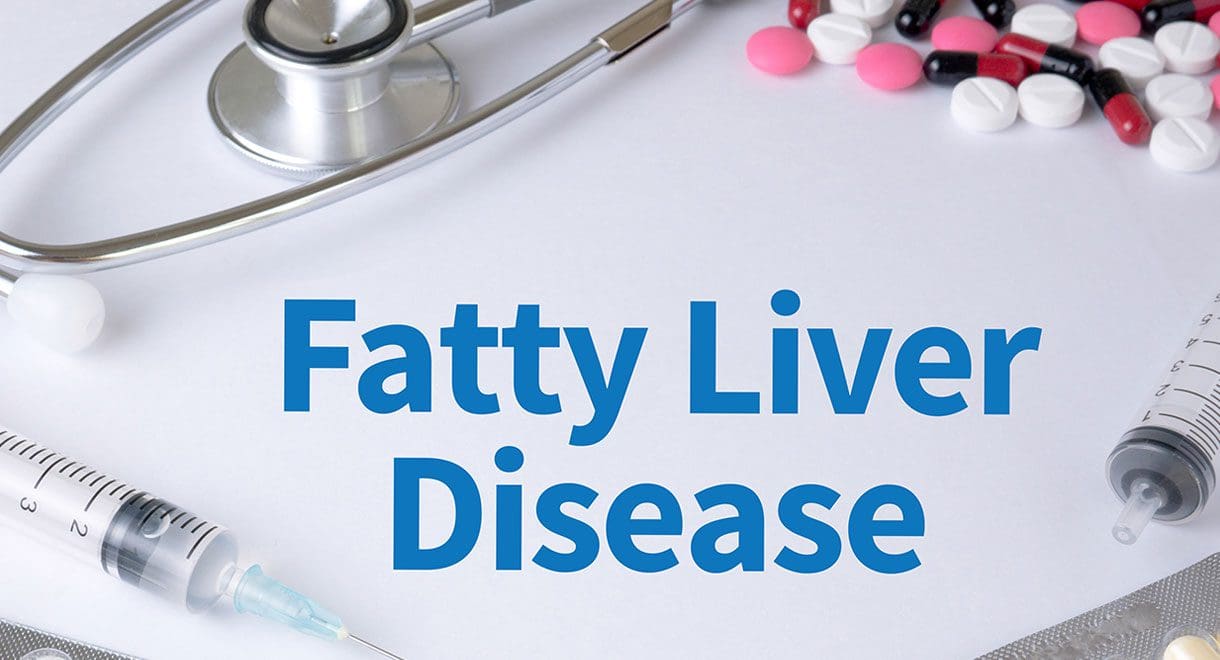








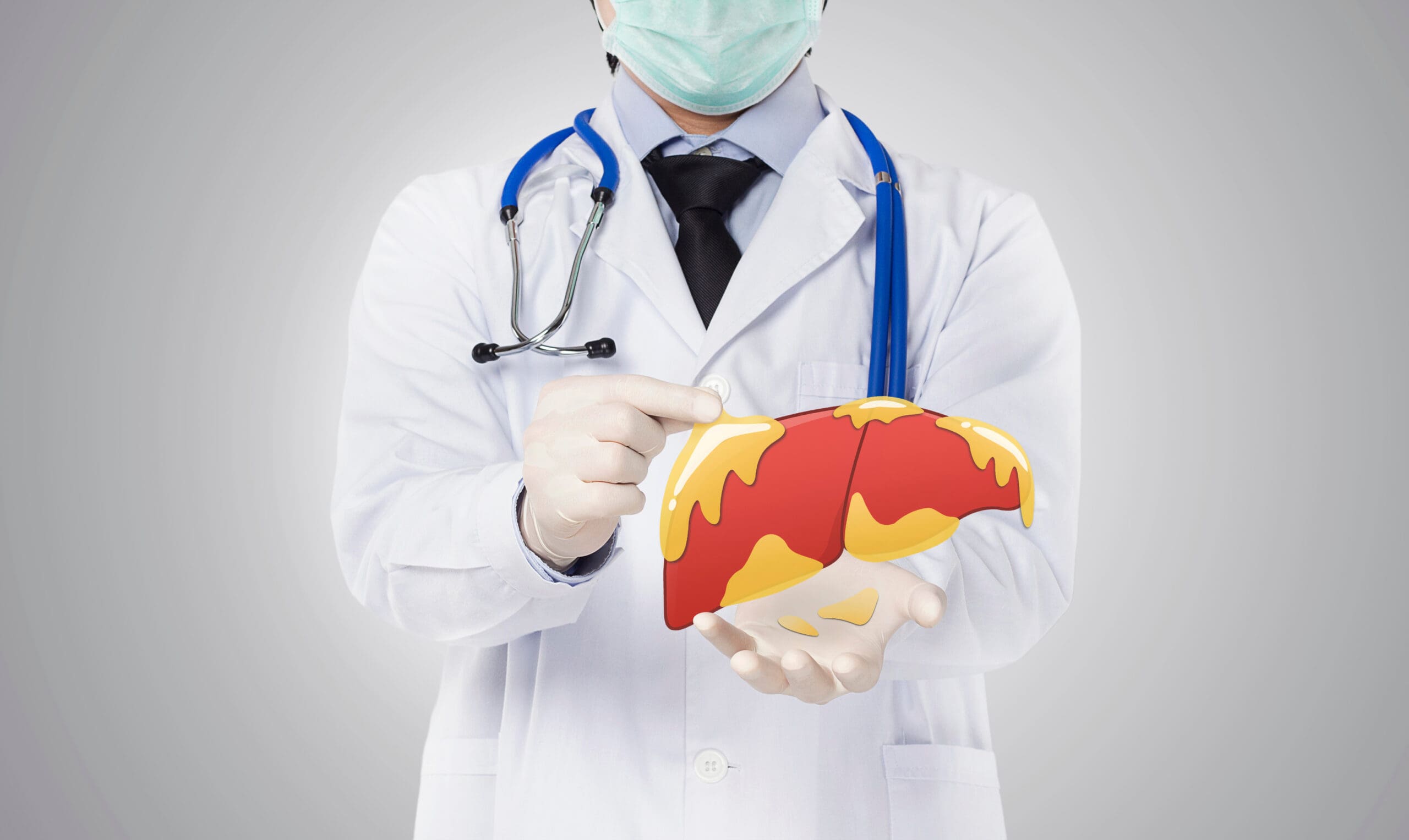

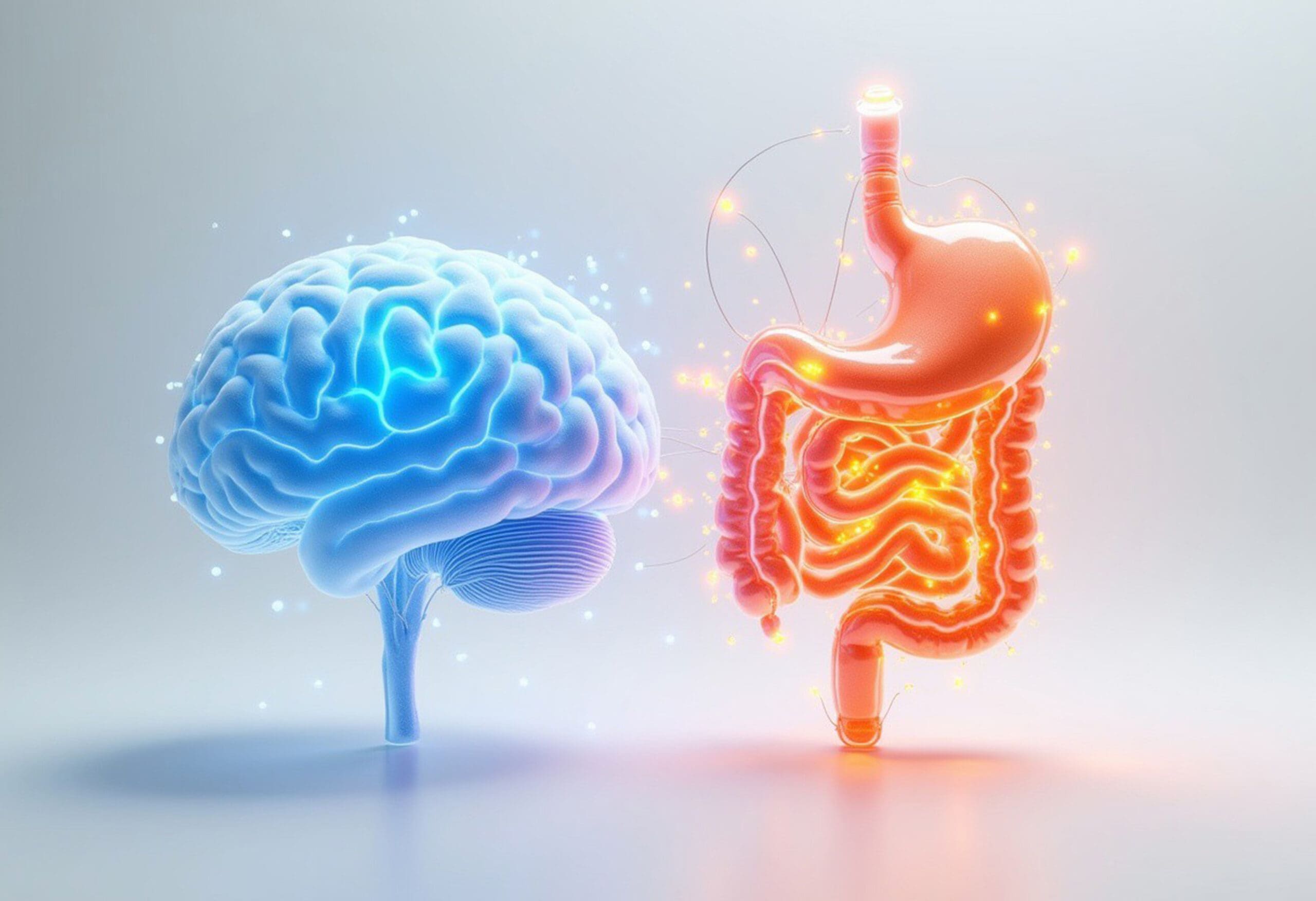
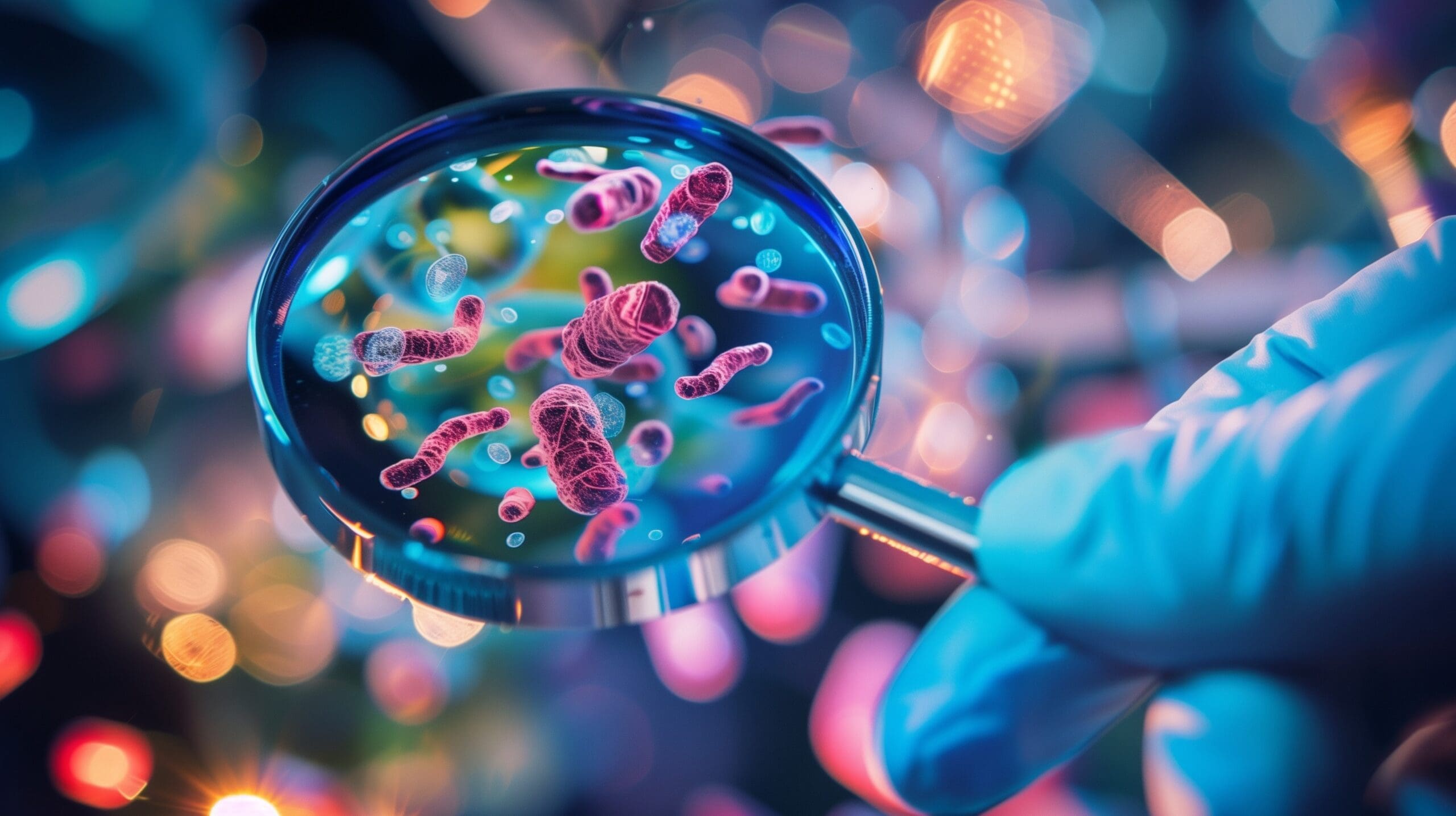
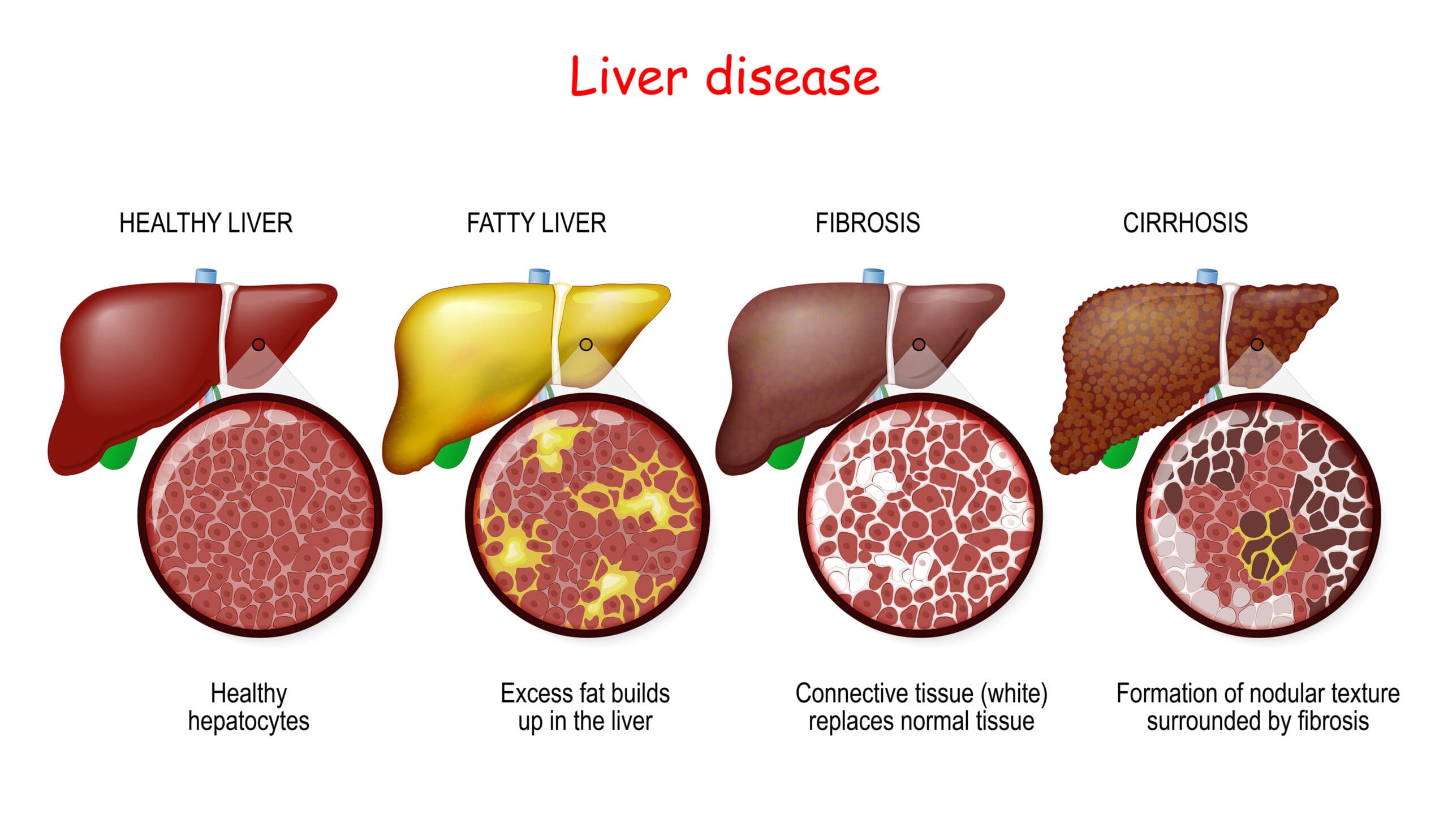
Leave A Comment